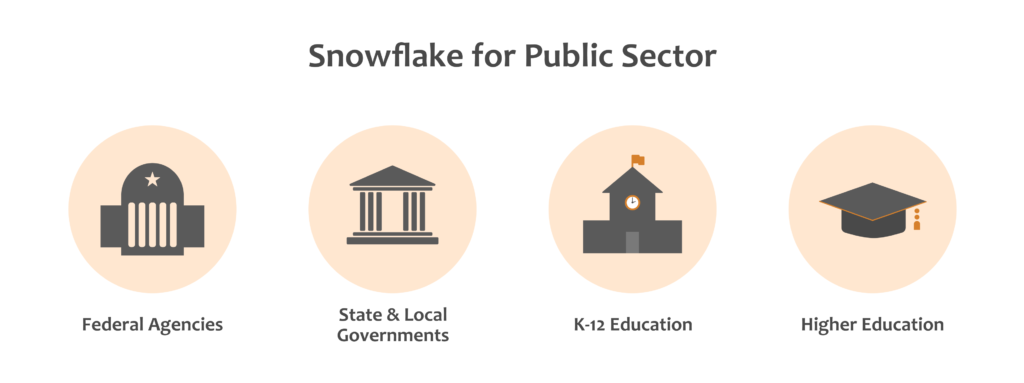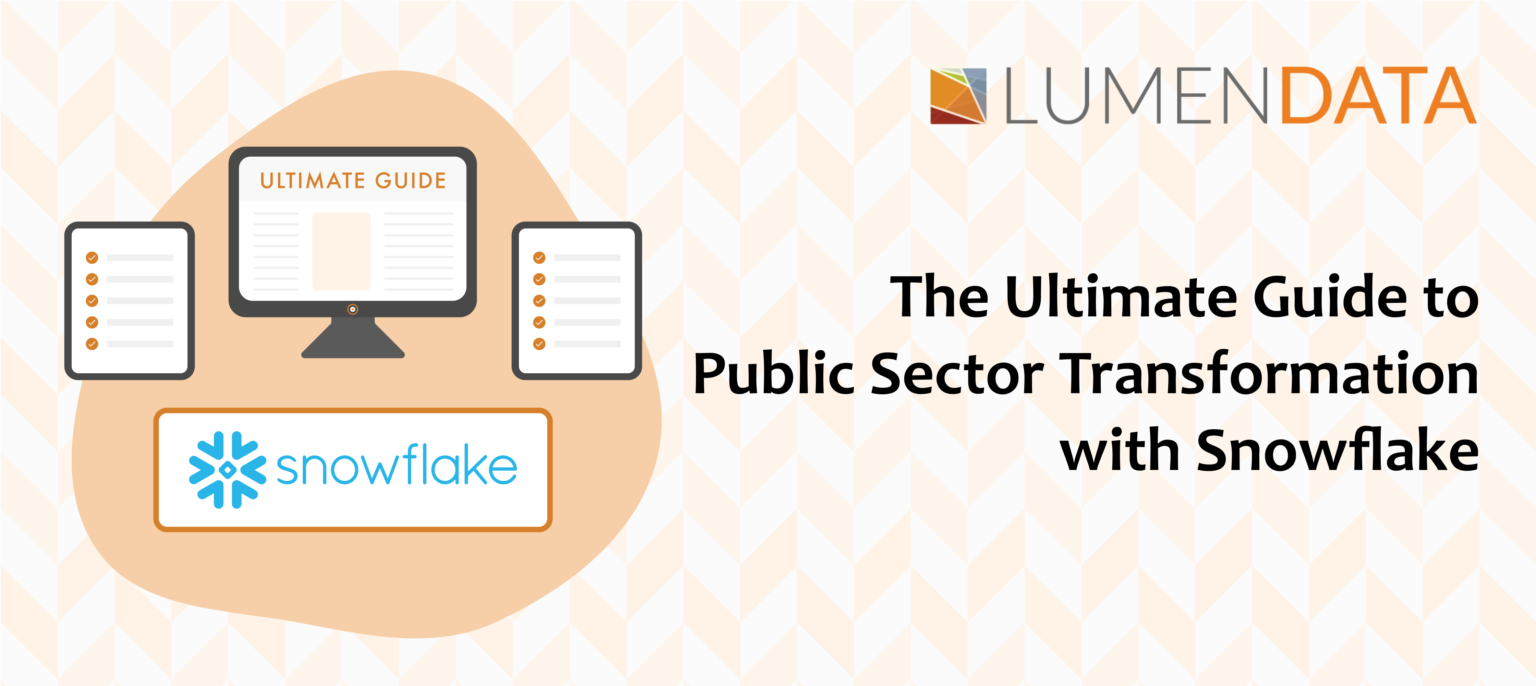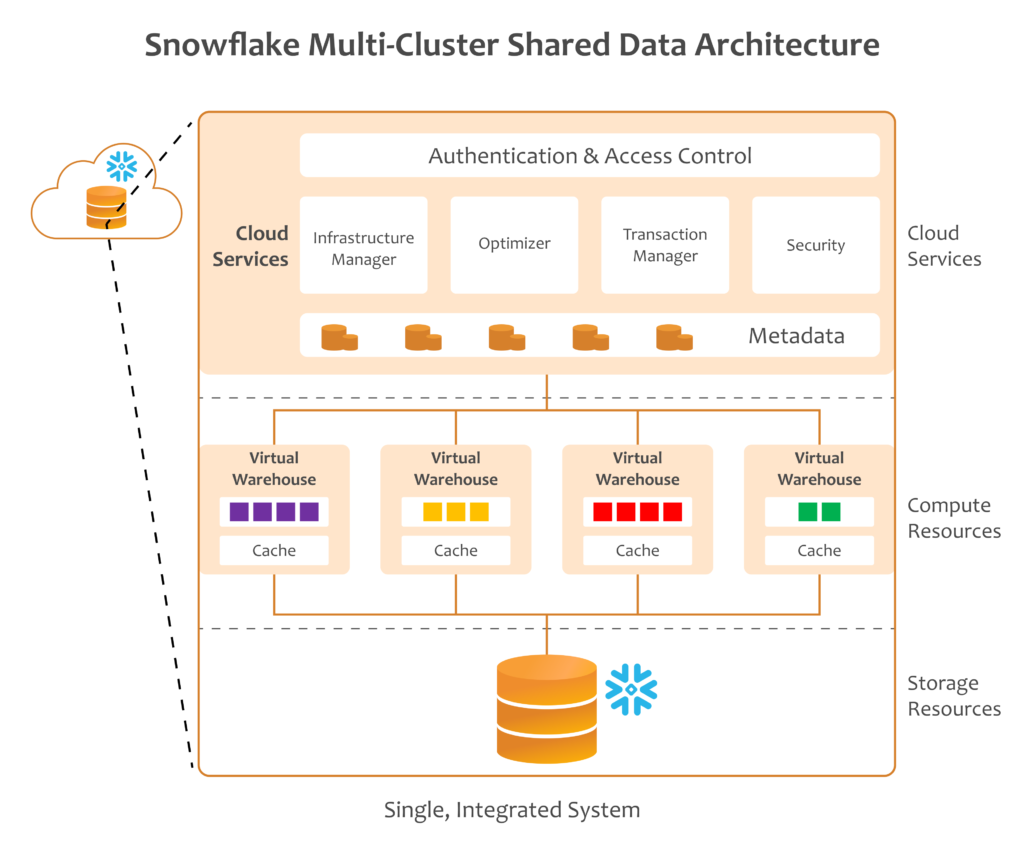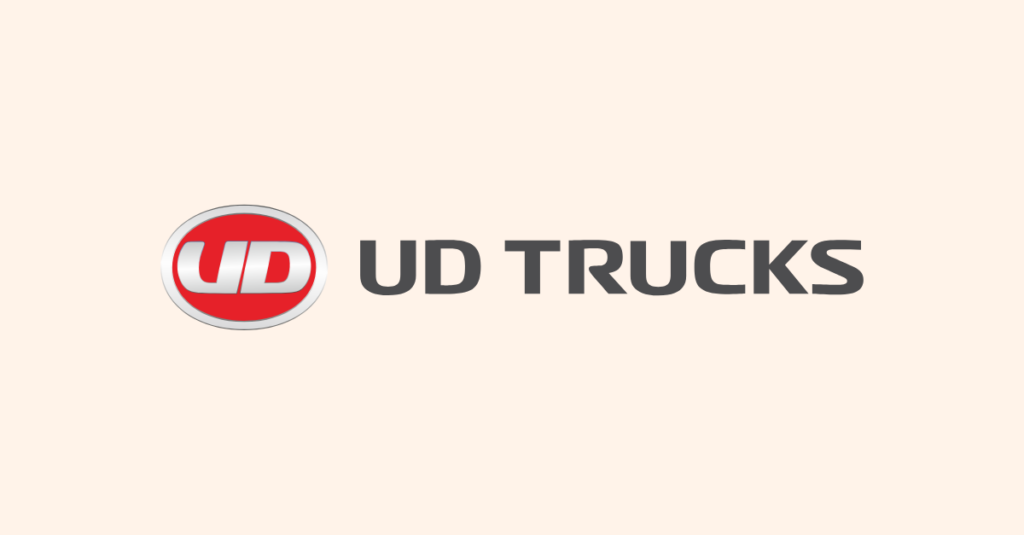Research predicts that around 181 zettabytes of data will be created globally by 2025. Given the ever-increasing volumes of data, the public sector is recognizing data as a strategic asset to make better decisions and enhance citizen experiences. This blog will highlight why public sector enterprises should move towards cloud adoption for data management and how Snowflake can be a game changer.
Read on.
Public sector data challenges
Public sector entities orchestrate huge chunks of data everyday from diverse geographical, social, and economical groups. But the question is – how to leverage and manage that data to accelerate innovation and protect citizens’ sensitive information against misuse.
Some common challenges that need attention:
- How to store the data effectively
- How to ensure data accuracy and availability
- How to share data in a secure manner
Now, research says that several federal agencies in the US use legacy systems that have at least 50 years old components. For some systems, the vendors are no longer offering support for hardware or software.
A legacy system is defined as old computing software or hardware that is used by organizations even if it’s outdated. The system’s out-of-date technology doesn’t allow it to integrate with newer technologies. One of the most alarming loopholes of legacy systems is that their data is isolated. It is incompatible with modern data processing systems.
3 problems associated with legacy systems
1. Increased security risk
Legacy systems have outdated security features such as hard-coded passwords and are vulnerable to cyber attacks due to gaps in security patching updates. Moreover, the absence of automatic backup solutions leads to an increased risk of data loss.
2. High maintenance cost
As per a report by the US Government Accountability Office, some federal agencies spend around $337 million annually to operate and maintain legacy systems. New-age developers and programmers work with the latest tools and technologies and might not be familiar with obsolete legacy software. Hence, getting support and upgrades for old systems is a costly affair.
3. Complex data silos
As legacy software solutions are incapable of integrating with newer systems, every legacy system has its own data silo. Information remains isolated within different systems across various departments.
Overcoming the challenges related to legacy systems becomes easier with cloud adoption. Let’s see how.
Recognizing the power of the cloud
The rapid move toward digital-focused operations during and post-pandemic times had many public organizations rethinking their technological systems to meet the new remote environment challenges. Enter the potential of the cloud!
Effective cloud migration empowers IT leaders in the public sector with greater scalability and security capabilities. It helps public agencies to offer services that enable citizens to gain quick access to crucial resources and information.
Let’s look at some of the major advantages of leveraging the cloud ecosystem:
1. Enhanced security
Most cloud-based solutions come with in-built security features that help protect sensitive documents, files, and other crucial data from unauthorized access.
2. Greater accessibility
With cloud solutions, public entities can seamlessly access and store data anywhere, anytime, using an internet connection.
3. Higher cost savings
Most cloud solution providers offer the pay-as-you-go subscription model. This means that organizations only pay for the resources they use. It helps eliminate unnecessary expenditures on upgrades of legacy technologies.
4. Increased efficiency
Switching to the cloud frees up the IT teams from solving legacy complexities and enables them to focus better on core projects. All the maintenance and security functions are generally carried out by the cloud solution vendor.
Accelerating cloud migration with Snowflake
Built on top of Amazon Web Services, Microsoft Azure Cloud, and Google Cloud Platform – Snowflake is one of the most popular SaaS–based cloud data warehouses. As of 2022, Snowflake reported revenue of 1.2 billion US dollars, making it one of the largest cloud vendors by revenue. If we look at Q2 of Snowflake fiscal year 2023, the total revenue is worth 497 million US dollars.

Snowflake’s multi-cluster shared data architecture helps consolidate data warehouses, data lakes, and data marts into a single source of truth.
Here are some more interesting advantages of using Snowflake:
1. Industry-focused security
Snowflake is FedRAMP Authorized (Moderate). FedRAMP stands for The Federal Risk and Authorization Management Program. It is a United States government-wide program that offers a standardized approach to security authorization for cloud products and services. Snowflake also supports SOC 2 Type 2, SOC 1 Type 2, ISO 27001, FISMA Moderate, FIPS 140-2, PCI DSS, and HIPAA compliance.
2. Multiple workloads
Snowflake offers various workloads and applications, including data engineering, data lake, data warehouse, ML, and various data analytics applications.
3. Seamless data sharing
Enable live data sharing across the organization and with external partners. Snowflake uses SQL to streamline data access, loading, and querying.
4. Elastic data storage
With Snowflake, public sector enterprises can store different data types in their native forms, without the creation of data silos.
5. Cross-cloud capabilities
Snowflake’s Snowgrid technology layer helps distribute data across regions and clouds. It enables public sector entities to mix and match clouds as per their unique requirements.
Take the next step with LumenData
As a Snowflake Select Partner, we help organizations implement a smooth switch to the cloud. With specialized knowledge of the public sector industry, we provide expert data management guidance to government agencies at all levels.
With over 14 years of domain expertise, we’ve worked with some of the highly renowned public sector entities including, the US Food & Drug Administration, the University of Colorado, the Department of Labor, University of Maryland, and several others.
Let’s connect to discuss the modernization of legacy systems and how Snowflake can facilitate digital transformation for your organization.
Authors:

Shalu Santvana
Content Crafter

Ankit Kumar
Technical Lead

Shalu Santvana
Content Crafter

Ankit Kumar
Technical Lead










